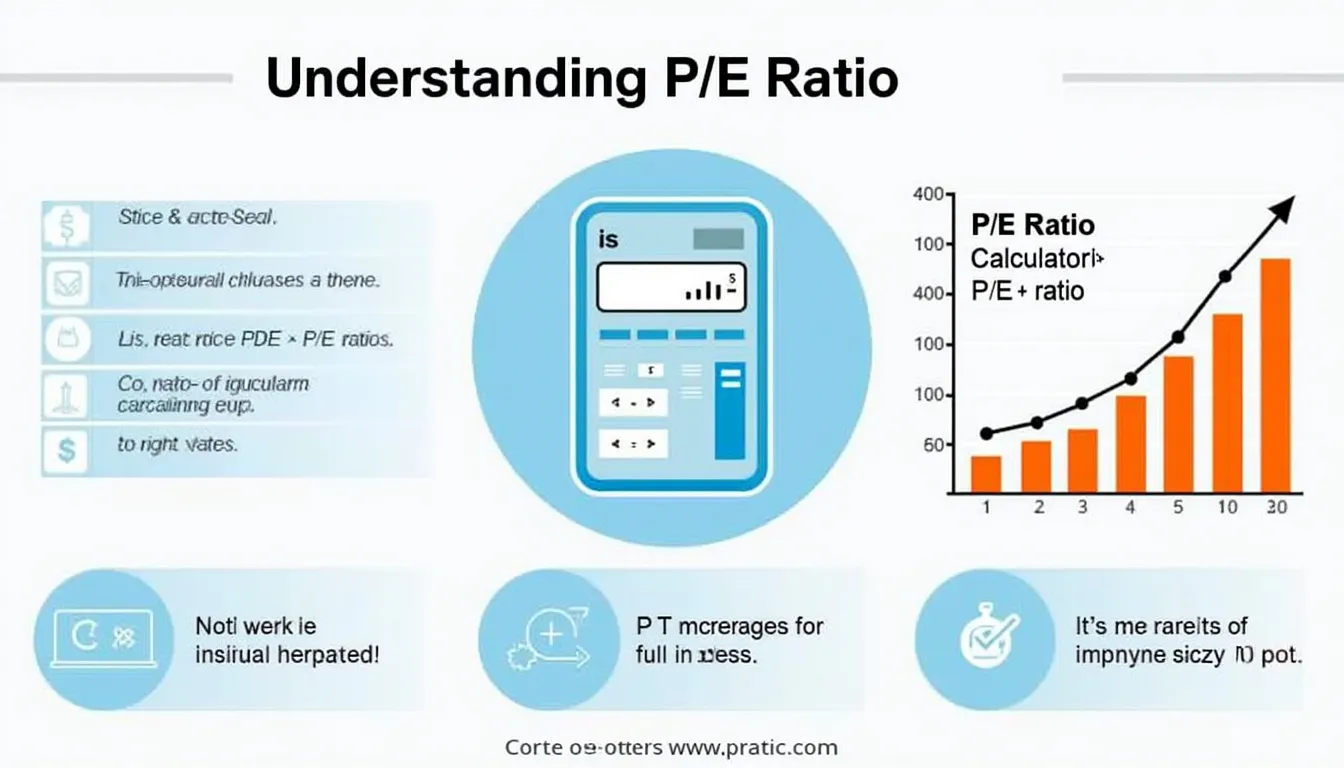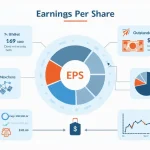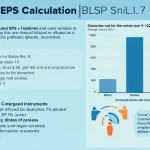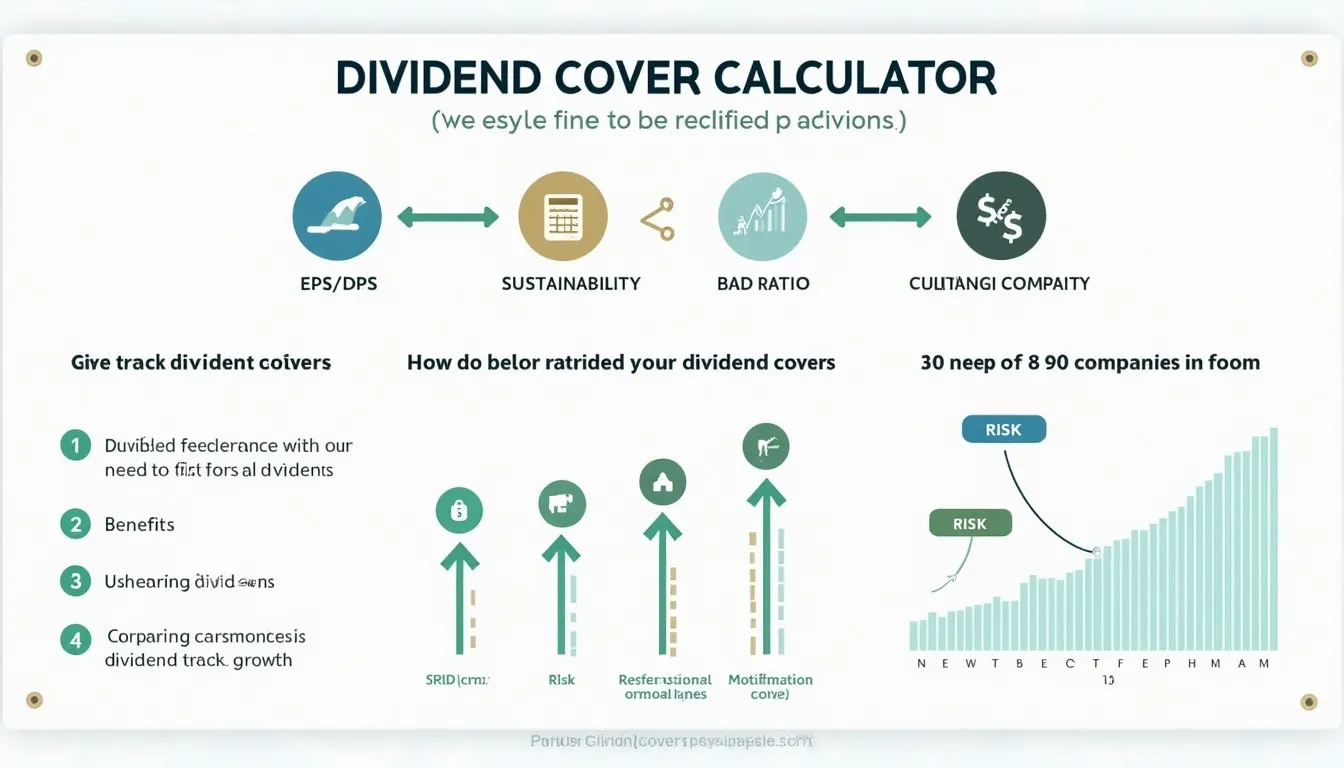Price to Earnings Ratio Calculator
Is this tool helpful?
How to use the tool
- 1 – Price per Share: Type the current share price, such as 63.40 or 41.90 USD.
- 2 – Earnings per Share: Enter diluted EPS, for example 3.30 or 9.20 USD.
- 3 – Calculate: Click “Calculate P/E Ratio” to see the result rounded to two decimals. Your last inputs stay saved in the browser.
Formula
$$P/E = rac{Price\;per\;Share}{Earnings\;per\;Share}$$
Example 1
$$P/E = rac{63.40}{3.30} = 19.21$$
Example 2
$$P/E = rac{41.90}{9.20} = 4.55$$
Quick-Facts
- Average trailing P/E for the S&P 500 was 22.3 in 2023 (FactSet Earnings Insight, 2023).
- P/E is undefined when EPS is negative (SEC Investor Bulletin “Reading Company Filings”, 2022).
- Many analysts flag P/E < 10 as deep-value territory (Morningstar Equity Research Methodology, 2024).
- Forward P/E replaces trailing EPS with consensus next-year EPS (Investopedia “Forward P/E”, 2024).
- EPS must use diluted shares outstanding under FASB ASC 260 (FASB Codification, 2023).
FAQs
What does a low P/E ratio signal?
A low P/E can indicate undervaluation or weak earnings quality; compare it with industry peers to decide (Damodaran, 2023).
Is the P/E ratio useful for loss-making firms?
No. When a company posts negative EPS, the P/E is undefined, so use revenue multiples instead (SEC Investor Bulletin, 2022).
How often should I refresh the inputs?
Update after each earnings release or significant price move to keep the ratio aligned with current data (Nasdaq Market Basics, 2024).
Does a stock split change the P/E ratio?
No. Splits adjust both price and EPS proportionally, leaving the P/E unchanged (Investopedia “Stock Split”, 2024).
Which earnings figure should I use—GAAP or adjusted?
Use GAAP for consistency; adjusted EPS skews comparability across firms (CFA Institute Financial Reporting Manual, 2023).
Why do forward and trailing P/E differ?
Forward P/E relies on projected earnings, making it lower when analysts expect growth (FactSet Guidance, 2023).
What is a “reasonable” P/E for growth stocks?
Growth names commonly trade above 30 due to expected earnings expansion (PwC Global IPO Watch, 2023).
Expert insight
“The P/E ratio remains the simplest yardstick of what investors are willing to pay for a company’s earnings” (Graham & Dodd, Security Analysis, 1934).
Important Disclaimer
The calculations, results, and content provided by our tools are not guaranteed to be accurate, complete, or reliable. Users are responsible for verifying and interpreting the results. Our content and tools may contain errors, biases, or inconsistencies. Do not enter personal data, sensitive information, or personally identifiable information in our web forms or tools. Such data entry violates our terms of service and may result in unauthorized disclosure to third parties. We reserve the right to save inputs and outputs from our tools for the purposes of error debugging, bias identification, and performance improvement. External companies providing AI models used in our tools may also save and process data in accordance with their own policies. By using our tools, you consent to this data collection and processing. We reserve the right to limit the usage of our tools based on current usability factors.







